The experts in boutique travel To Peru and South America
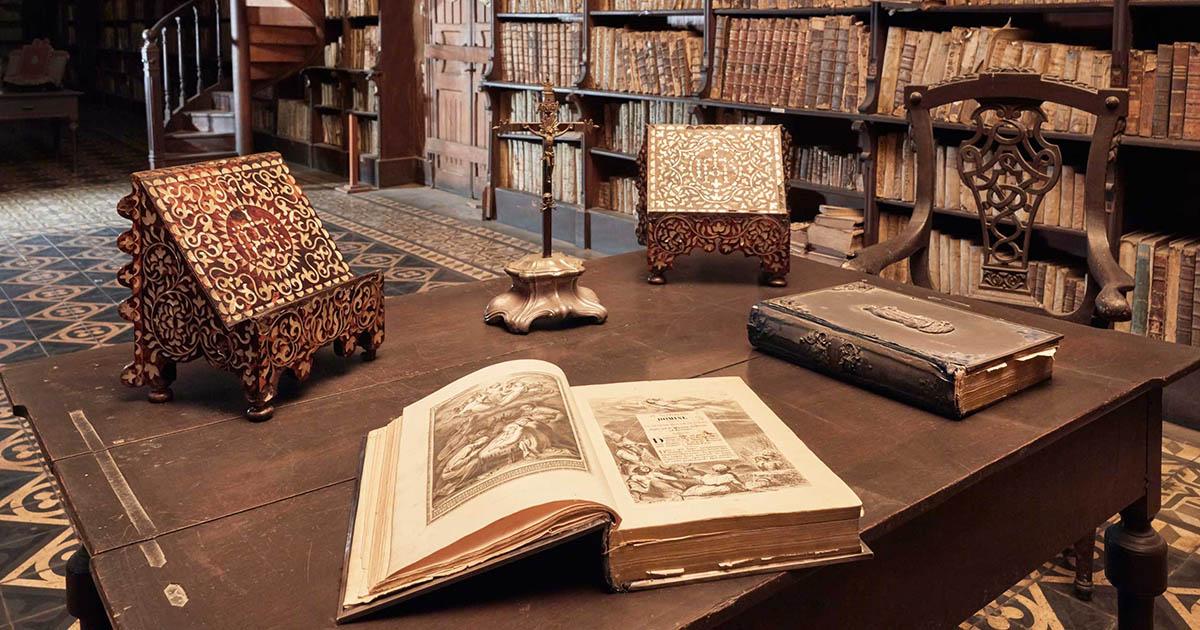
Peru is an incredible country with a wondrous history and culture. However, few of us learned about this inspiring place in our grade school history classes. There is so much more than travel guides when it comes to books to read about Peru. For those who are planning their trip, or who are simply fascinated by it, we have compiled a list of must-reads. Below is a wide variety of books to suit all interests—and even ages! They are, without a doubt, the best books about Peru and are sure to inspire you to take your own journey. Moreover, they will give you a greater understanding and appreciation of the country.
*Cover photo by the San Francisco Convent & Catacombs Museum.
There will, of course, be expert guides to explain the significance of Machu Picchu. However, there is only so much historical context that you can grasp in a couple of hours. The following are must-reads that fully explain Peru’s history and its most famous ruins.
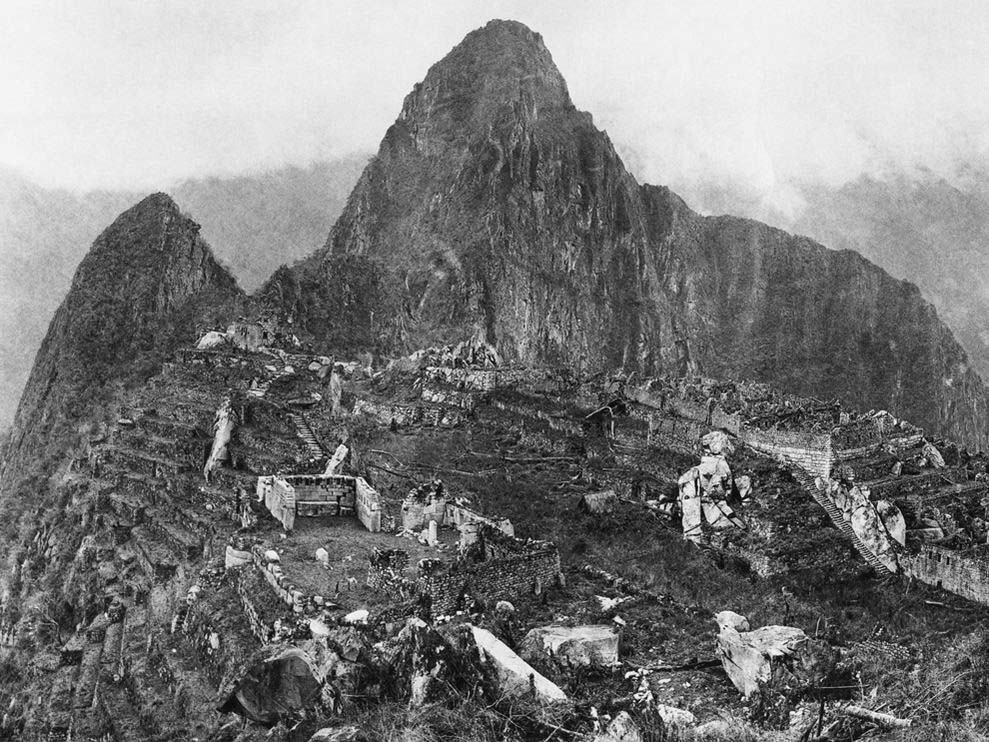
Hiram Bingham III is the renowned explorer who brought Machu Picchu into the international spotlight. He first came upon the site in 1911. However, he didn’t publish this full account of his exploration until 1948. In The Lost City of the Incas, Bingham recalls the many steps—both literally and figuratively—it took to reach Machu Picchu. He also discusses the many advancements in the archaeological recovery of the site as well as new theories about its purpose. This is a classic account but an engaging and easy read.
Machu Picchu Tours:
Despite being an adventure magazine editor, Adams had only camped in his backyard once as a child. That is until he decided to set out to retrace the path that first led Hiram Bingham to Machu Picchu. Adams humorously tells of how he and his jocular guides made their way to the ancient Inca ruins. He breaks up the narration of his journey by looking back at Bingham’s account of the trip 100 years earlier. He also includes various historical and cultural tidbits about Peru.
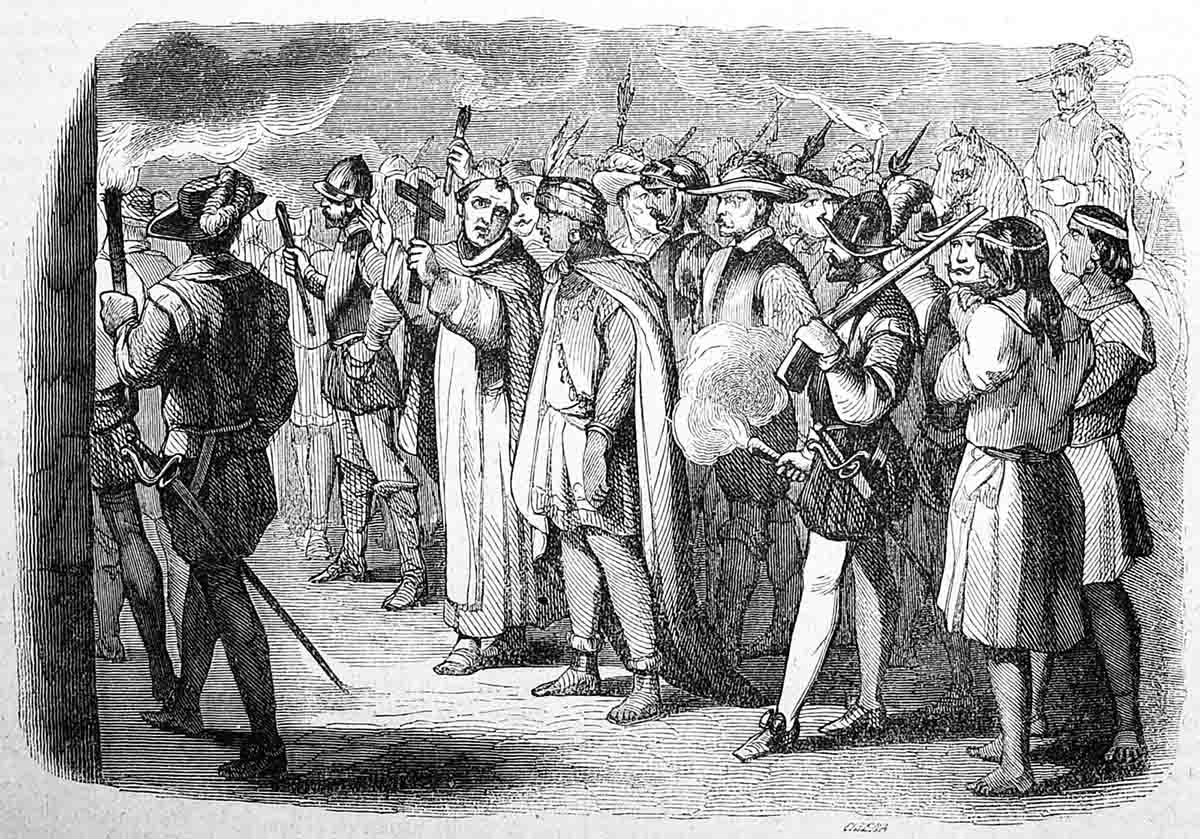
María Rostworowski was a Peruvian historian who specialized in ancient Peruvian cultures. In fact, she was a pioneer in the study of coastal Peruvian cultures. She also investigated ancient cults, pre-Columbian gender roles, and evangelization. History of the Inca Realm is a thorough look at the rise and fall of the Inca Empire. It covers Incan origin myths, the development and expansion of the Inca state, and its fall to the Spanish.

Of course, we cannot forget our very own Peru specialist, Kim MacQuarrie. MacQuarrie spent five years in Peru and became enthralled with its history. He then scoured over native and Spanish documents and accounts. Finally, he put all the pieces together to tell the story of the Spanish conquest of Peru and the defeat of the Incas. He also discusses Bingham’s exploration of the ruins, as well as that of Vilcabamba, the true “lost city of the Incas.” The Last Days of the Incas is historically authoritative. Yet the book reads like a suspenseful drama.
Traveling to Peru is always an adventure. Of course, we can challenge ourselves physically with a mountainous trek. We can also challenge our cultural perspectives. Read about the trials and tribulations of these thrill-seekers as they explore the hidden corners of Peru.
Annie Smith Peck was an accomplished American mountaineer and adventurer. She made headlines after climbing the Matterhorn. However, it was not because she was the second woman to do so, but because she wore pants. Peck continued to make history by leading an expedition in the first-ever ascent of the north peak of Peru’s Huascarán (22,205 ft/ 6,768 m). Originally titled A Search for the Apex of America, her book recounts that expedition and the adventures leading up to it. Her journey takes her to Mount Illampu in Bolivia and to El Misti Volcano in Arequipa, Peru. After five attempts on Huascarán, she and her team finally made it to the top. After this climb, she would race Hiram Bingham III to the top of Coropuna (21,083-foot/ 6,426 m) in 1911. Upon reaching the summit, the devout suffragist erected a “Votes for Women” banner. She was 61 years old.
A well-known story among mountaineers. Joe Simpson tells of his harrowing climb of Peru’s Siula Grande (20,814 ft, 6,344 m) in the Huayhuash mountain range in 1985. After a horrific accident towards the top, his climbing partner Simon Yates made a heart-wrenching decision. He cut a rope that would save his own life but would also cause Simpson to fall to his death. Despite all odds, Simpson survived the fall and managed to make it back to camp. His account of the sights, sounds, and intense emotions of that adventure is riveting. A documentary about his and Yates’ experience, of the same name, came out in 2003.
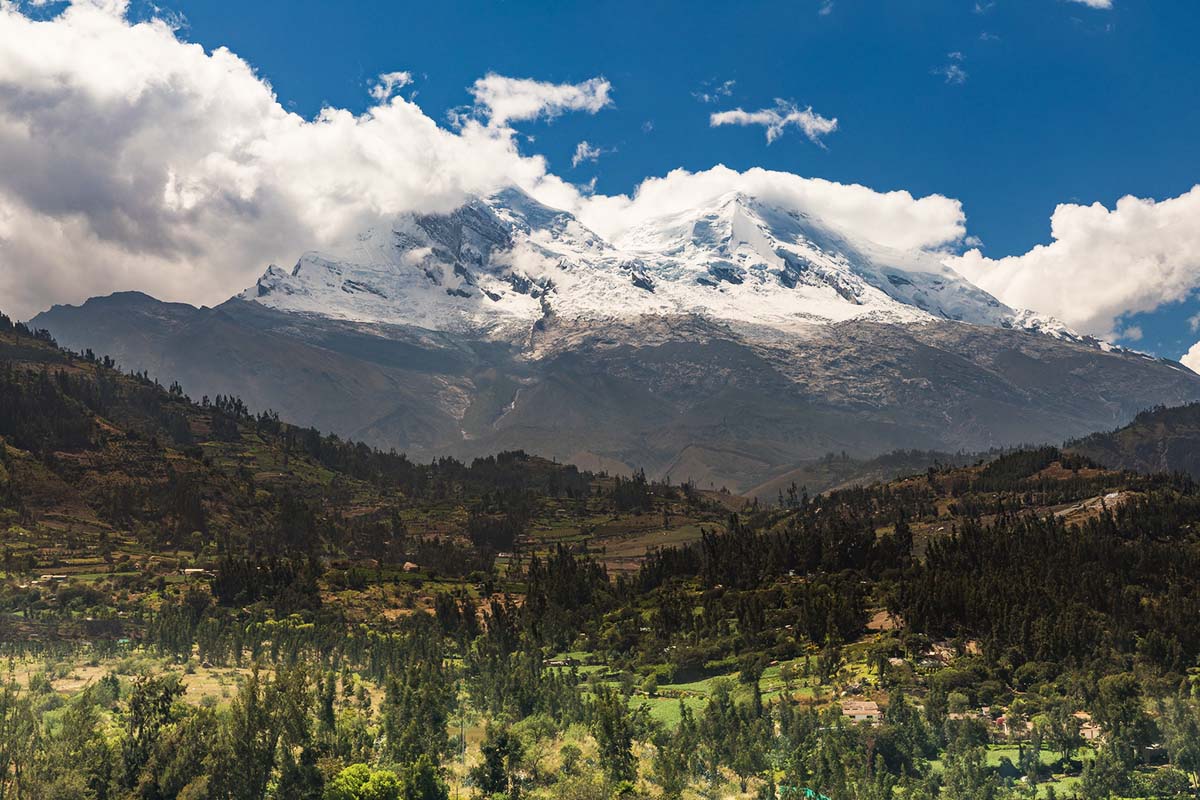
John Harrison spent five months traveling along the Incas’ Camino Real, or “Royal Path.” Constructed almost 500 years ago, the trek isn’t always easy. Harrison encounters floods, deep snows, sweltering canyon heat, and rather unfriendly dogs. Conversely, he also stumbles upon remote villages seemingly unaffected by the busy outside world. In fact, for some, he is the first foreigner they have ever seen. His journey takes him all the way from the equator to Machu Picchu. A truly unforgettable experience.
Darcy Gaechter is a world-class kayaker and co-owner of an adventure kayaking tour company. In her book, she recounts her historic adventure as the first woman to kayak the length of the Amazon River. She and her companions encounter local people, awe-inspiring jungle scenery, and thrilling rapids. However, the journey becomes hairier as they make their way through Peru’s red zone. Here, one can cross paths with drug traffickers, as well as remnants of the Shining Path terrorist group.
Peru’s significance doesn’t end with the Incas and Machu Picchu. Peruvian culture stems from its millennia of indigenous heritage. It also contains heavy Spanish influences, as well as those of Asian and African cultures. To learn more about Peru’s cultural context, dive into the pages of the following books.
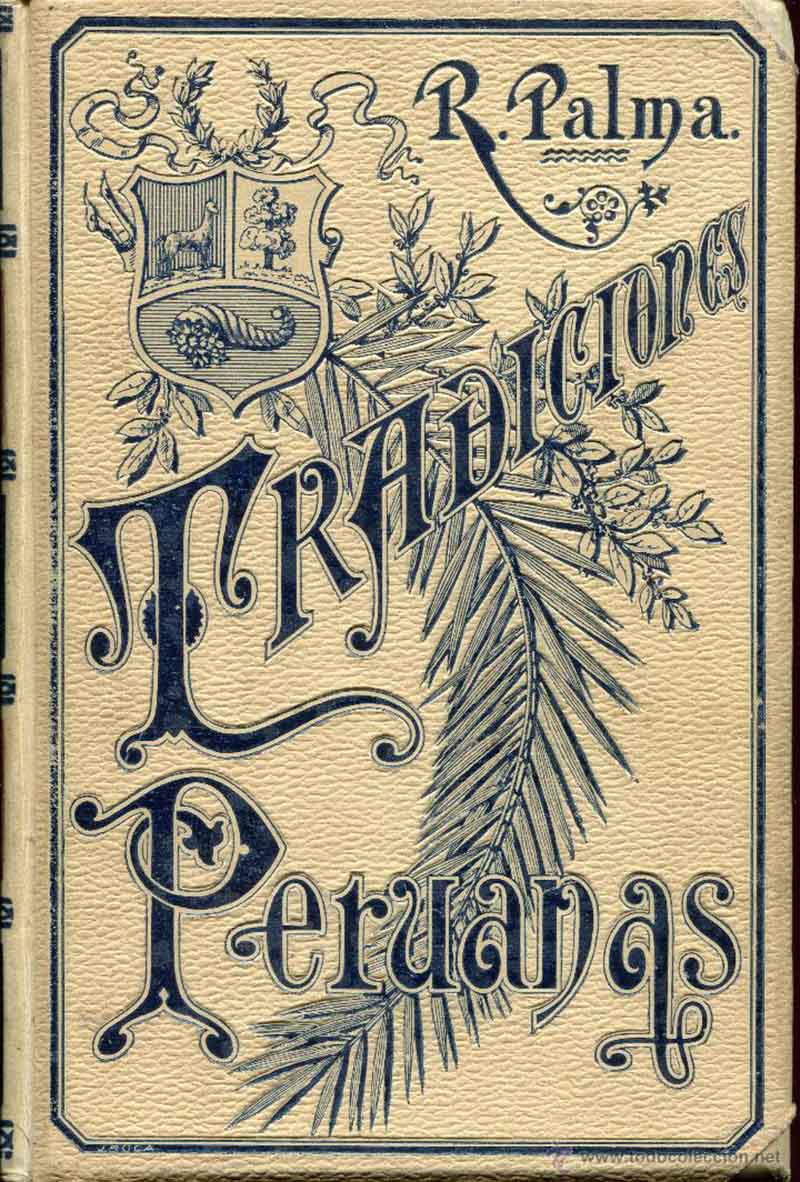
Ricardo Palma is perhaps the most well-known Peruvian author. He was also a journalist and a politician. Many consider Peruvian Traditions to be his masterpiece. It is a collection of short stories of historical fiction. In fact, it is much akin to those of Chaucer’s The Canterbury Tales. The often silly stories tell of historical characters, including Incas, viceroys, and nuns. They paint a faithful portrait of how Peruvians lived in different periods. However, it is not quite an accurate historical source. Palma’s skilled use of popular language, proverbs, and songs make this a paragon of turn-of-the-century Latin literature.

José María Arguedas was a Peruvian author and anthropologist of Spanish descent. However, his close connections to the indigenous Quechua community greatly influenced his novels. They often depict authentic indigenous culture and its clash with Western culture. In fact, many consider his work to be essential to the beginnings of the indigenista movement. Deep Rivers is particularly special among his works as it is semi-autobiographical. Much like Arguedas, the main character Ernesto is of rich Spanish descent. However, he is sympathetic to the plight of indigenous peasants. Ernesto must choose between his own financial security and indigenous people’s liberation.

Ximena is a five-year-old, sickly girl that must stay at home much of the time. Her wealthy father’s job in the mining industry brings the family to a small workers’ village in the Andes. Through Ximena’s innocent and transparent perspective, readers piece together the world outside. It is a world of inequality and hardship. But it is also one of important traditions and beautiful landscapes. Laura Riesco’s work stands out among modern Peruvian novelists. Ximena at the Crossroads won Peru’s Best Novel of the Year award in 1994.

Mario Vargas Llosa is Peru’s most celebrated contemporary novelist and essayist. In fact, he won the Nobel Prize for Literature in 2010. Death in the Andes is perhaps his most famous novel. It is also one of the first to discuss the terrorism that shocked rural Peru in the 80s and 90s. Corporal Lituma has been sent to the (fictional) Andean village of Naccos. Here, the population is almost entirely indigenous workers. Lituma, with his heartbroken deputy Tomás, investigate the disappearance of three residents. Were they killed by the Shining Path terrorists? Or was there a plot set by the dubious couple that owns the local cantina? The Andean mythology that punctuates the narrative is viewed through Lituma’s disparaging lens.

Salazar made a fierce mark on contemporary Peruvian literature with this debut novel. The story is based on the Lucanamarca massacre, a terrorist attack by the Maoist Shining Path. The story follows the lives of three women in Peru. Firstly, Melanie is a news photographer who sets out to capture the reality of this horror. Then there is Modesta, a content mother in rural Peru and the midst of the violence. Lastly, Marcela, a disillusioned teacher, joins the Shining Path’s fight. She hopes that it will bring equality to those who desperately need it. A flow of consciousness writing style throws us into the confusion of the most brutal scenes. In its review, NPR calls it a “beautiful, horrifying work of art.”
There is so much more to see and experience in Peru than its Incan ruins and Spanish colonial architecture. Peru is also a natural wonderland, one of the most biodiverse in the world. Experience the wild realm of the Peruvian jungle through the following books.
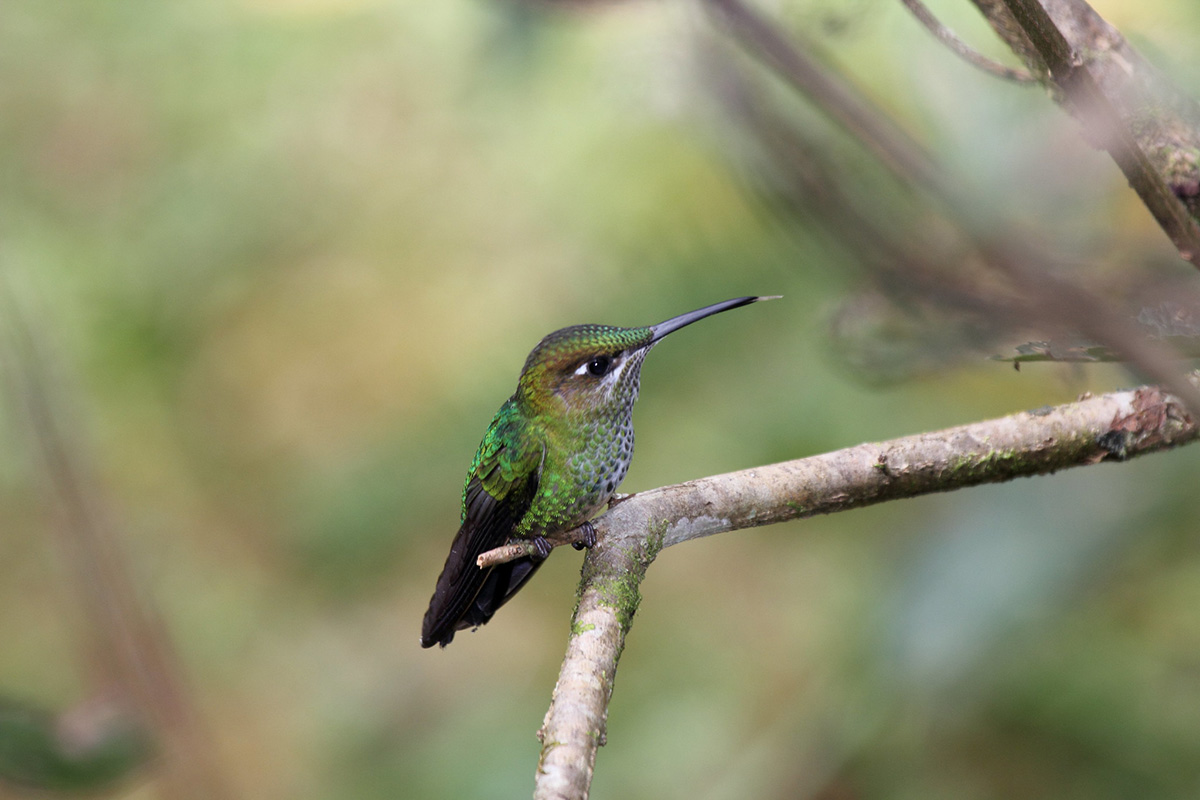
That Peru is one of the most biodiverse countries in the world is no secret. In fact, it’s the second most diverse when it comes to birds. Birds of Peru is a necessary addition to any avid birdwatcher’s book collection. The guide lists 1,817 species from the familiar to the exotic. It is incredibly comprehensive and well-illustrated. It’s a hefty field guide, so consider getting an e-book version for your birdwatching trip. You can also scan the pages of your favorite birds and pack the photocopies in your suitcase.
Most in the primatology world know Dr. Patricia Chapple Wright for her incredible work with lemurs. However, in this book, Dr. Chapple Wright tells of the odd road she took that led her to primatology in the first place. In the 1960s, she and her family got an owl monkey (or night monkey) from a New York City pet store. The little monkey proves to be quite a handful. This then leads Chapple Wright to travel to the Peruvian jungle with her husband and daughter to find the monkey a mate. Little does she know that she is embarking on a rollercoaster ride of adventure through the 70s and 80s. It’s an adventure that eventually leads to her life’s passion.

Paul Rosolie is both a naturalist and an explorer. In Mother of God, Rosolie recounts his journey through the dense Amazon jungle of Peru’s Madre de Dios region. It turns out to be an arduous yet extraordinary journey. In these pages, you will encounter the jungle’s most stunning creatures—jaguars, snakes, and monkeys—as well as some of the most remote tribes. Rosolie also discusses the many threats that the Amazon and its inhabitants face. The photography included in the book will surely seal the deal on booking your next jungle trip!
Peru has become famous in recent years for its cuisine. Centuries of fusing various culinary traditions have culminated in exquisite and colorful dishes. Browse traditional recipes and learn about Peru’s vast array of native ingredients. Some of these ingredients are only found here, so be sure to do a bit of grocery shopping during your trip!
Chef Ricardo Zarate opens with an intimate look at his childhood in Lima before the city became a hotspot for high-end Peruvian cuisine. Days spent helping his mother in the kitchen to feed his large family was integral to his career as a chef. Now living in California, he understands the difficulties of recreating Peruvian dishes abroad. For this reason, he gives alternative ingredients for a North American audience. However, he still makes a point to explain the importance of traditional ingredients.
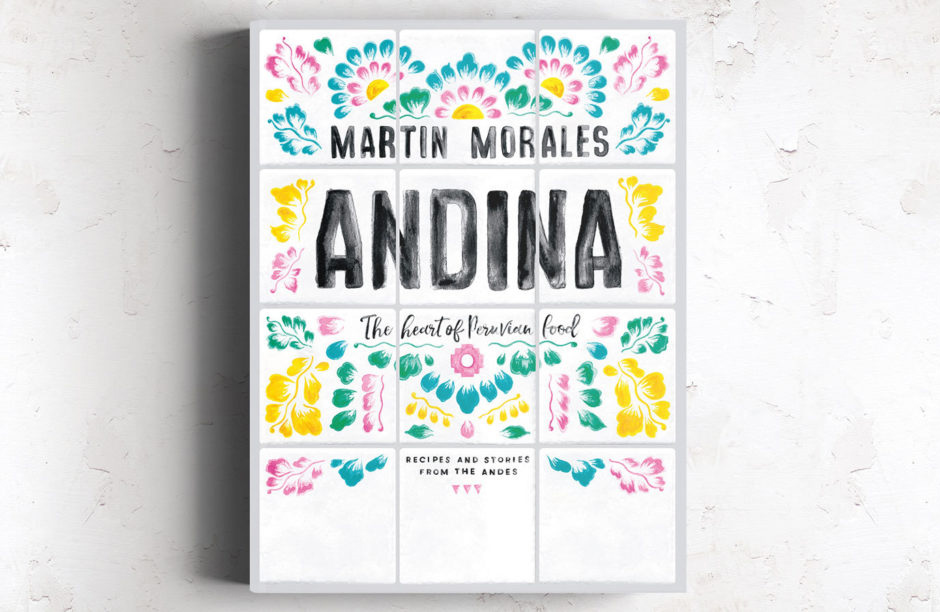
Andina is an alluring cookbook in two important ways. Firstly, the art and photographs throughout the book are incredible. They capture the intense colors of both Peruvian culture and its cuisine. Secondly, Martin Morales includes moving stories of the regional origins of certain dishes. He pairs each story exquisitely with his travels in these regions as a child. The recipes behind the retablo inspired cover are full of flavor. They range from light dishes to heavy stews to more innovative dishes. He also has an educational and entertaining YouTube channel, Martin’s Peruvian Kitchen!
Music transcends spoken language and speaks directly to the soul. Peruvian music certainly has a rich history and a variety of styles and sounds. From traditional Andean panflutes and a hybrid stringed instrument called the charango to inherited African rhythms. Dive into Peru’s musical legacy with these titles.
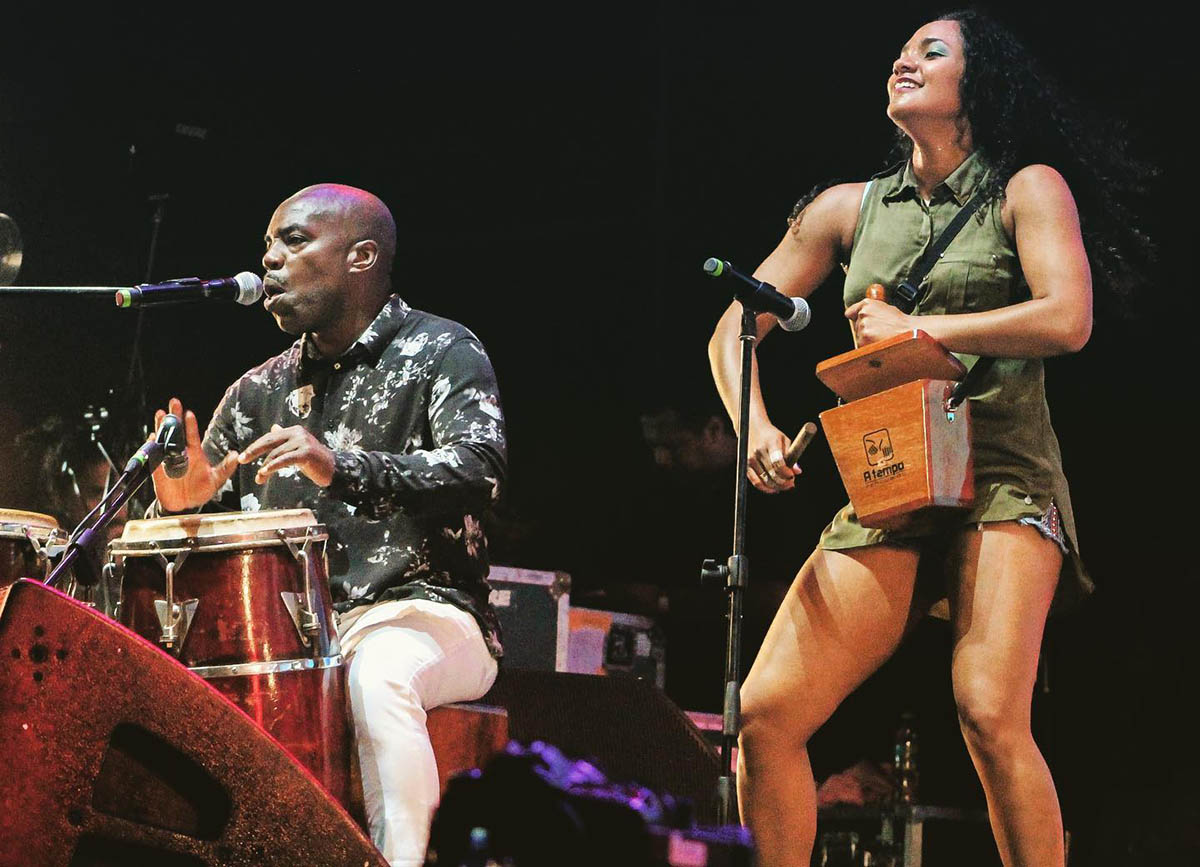
Afro-Peruvians have been a part of Peru’s demographics since the Spanish conquest. After abolition in the mid-19th century, they are claimed to have “disappeared” from Peruvian society. However, in the mid-20th century, this neglected ethnic group began an Afro-Peruvian revival. They began to bring their music, dances, and food into the national spotlight. In this academic work, Heidi Feldman looks at the impacts of Peru’s most famous advocates of Afro-Peruvian music.

Thomas Turino, in this academic work, explores the musical traditions of Conima, a small Andean village. He investigates everything from instruments to musicians, rehearsals to festival performances. He also looks at the effects of migration on this community’s music as many residents move to the capital, Lima. His book shows the uniqueness of musical traditions and how odd our own practices can seem to others.
Travel sparks children’s curiosity, whether they are traveling winding valley roads or the pages of a book. Introduce your kids to Peruvian culture with these children’s books.
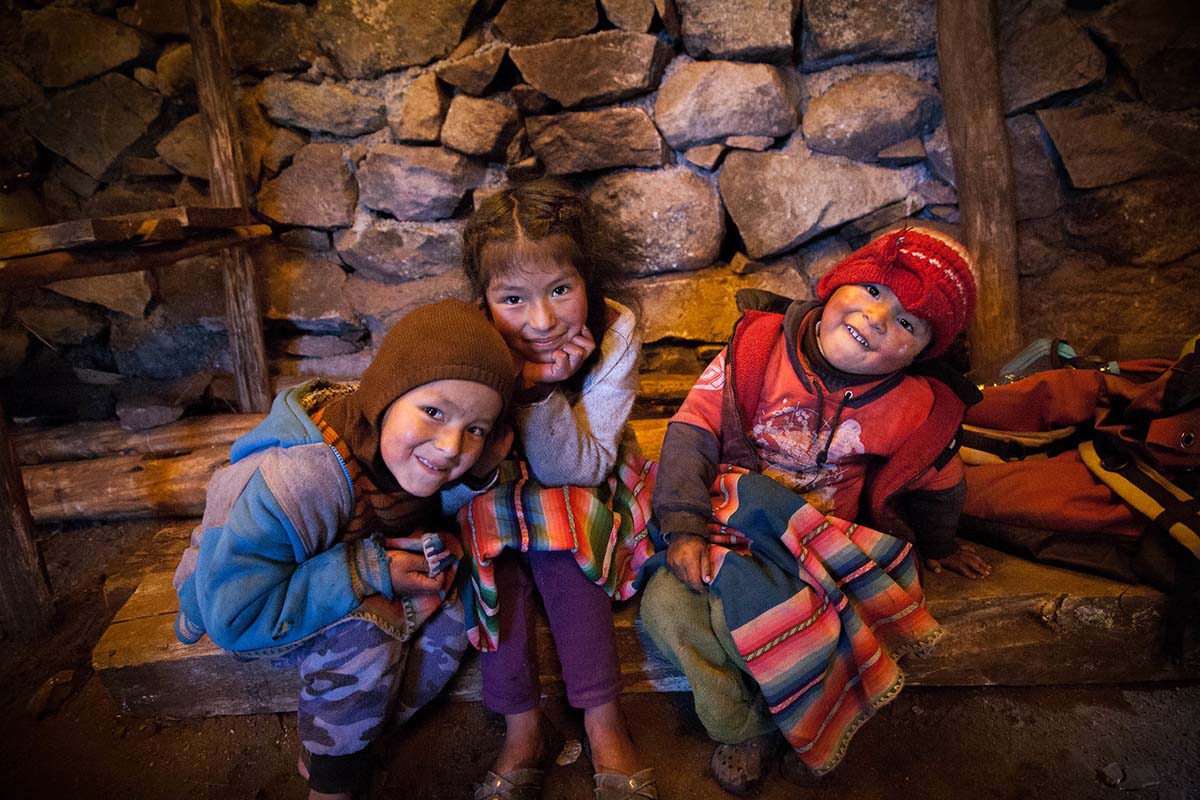
For children 5 to 8-years-old
Children from different parts of Peru make their way to Cusco to celebrate Inti Raymi. Rhyming couplets tell of the different modes of travel they each take to get to the festival. They also tell of their roles in the traditional celebration. In the back of the book is an educational section about other festivals and the Andes mountains. This part is a bit hard to read for young children, but it will help parents explore Peruvian culture with them.
For children 8 to 12-years-old
Ann Nolan Clark taught literature at a Native American school in New Mexico. There, she noticed the incredible lack of materials about native peoples and cultures. Clark then set out to write children’s books to fill the educational gap. She traveled to various countries in Central and South America for research. Secret of the Andes is the coming of age story of a boy named Cusi who herds llamas high in the Andes. With the guidance of Chuto, he learns about his Inca ancestors, the Spanish conquest, and his own cultural inheritance. Clark’s book won the Newbery Medal in 1953 (controversially over Charlotte’s Web).

If Peru wasn’t at the top of your bucket list destinations before, we hope these titles have stirred your interest. Even if you have already visited, dive further into Peru’s heritage with these authors’ creative perspectives. There are, of course, many more authors and books about Peru out there to discover—so don’t stop here!
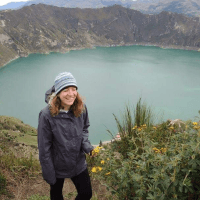
Family trips abroad gave Rachel an insatiable taste for foreign languages and cultures.
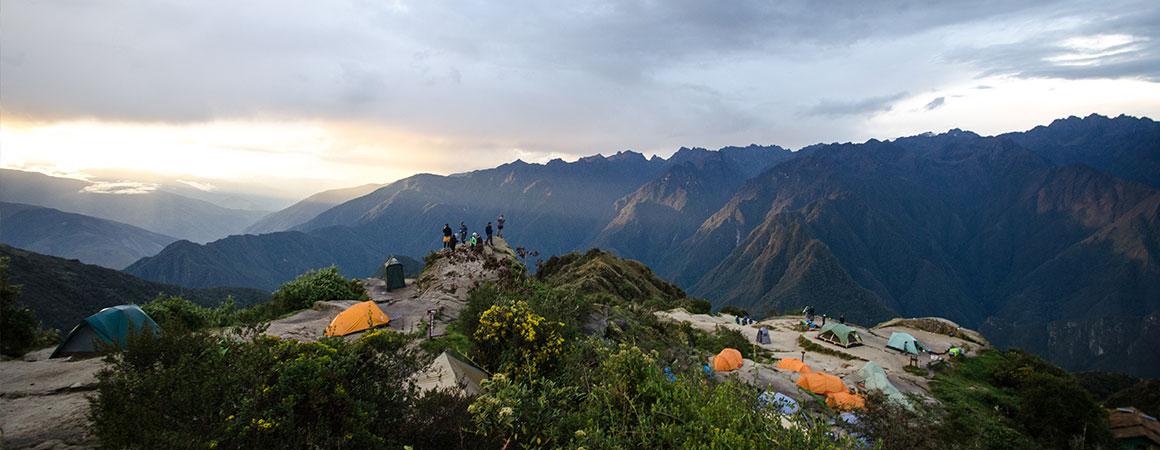
So you’ve decided to hike the classic Inca Trail to Machu Picchu. The next step is to pick your dates and start the process of booking your Inca Trail permit. But before you do, there are a few important factors you need to consider, such as the best time to trek, weather conditions, and how far in advance to book.
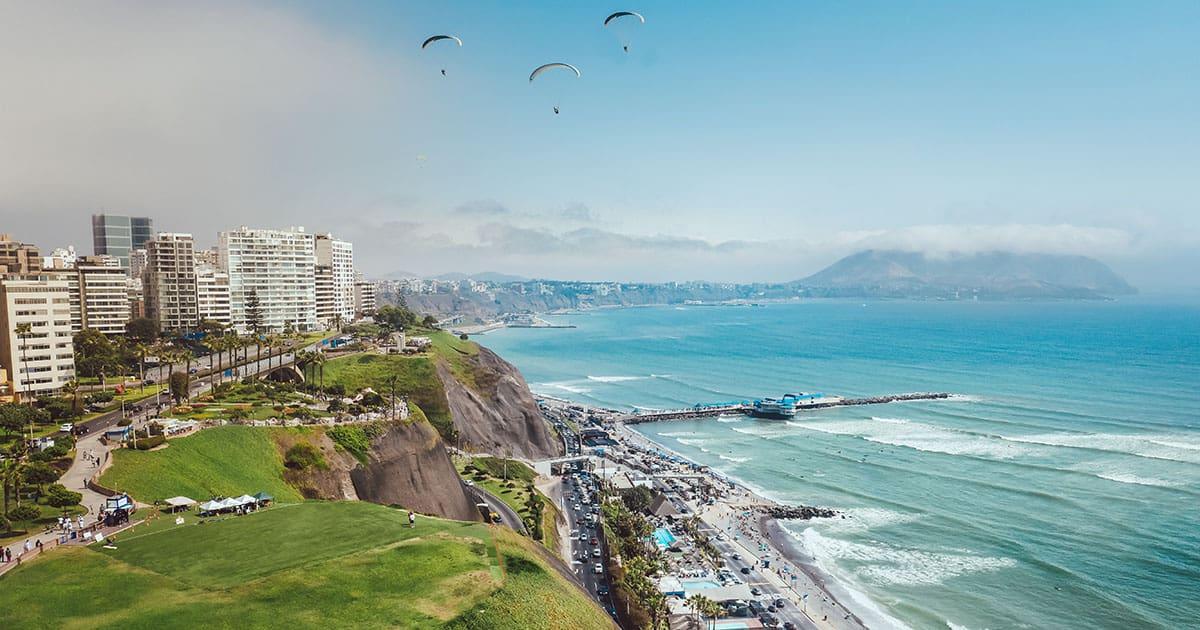
With so many things to do in Lima, you could spend days exploring Peru’s capital city. Lima is a bustling cosmopolitan center of art, culture, and cuisine.